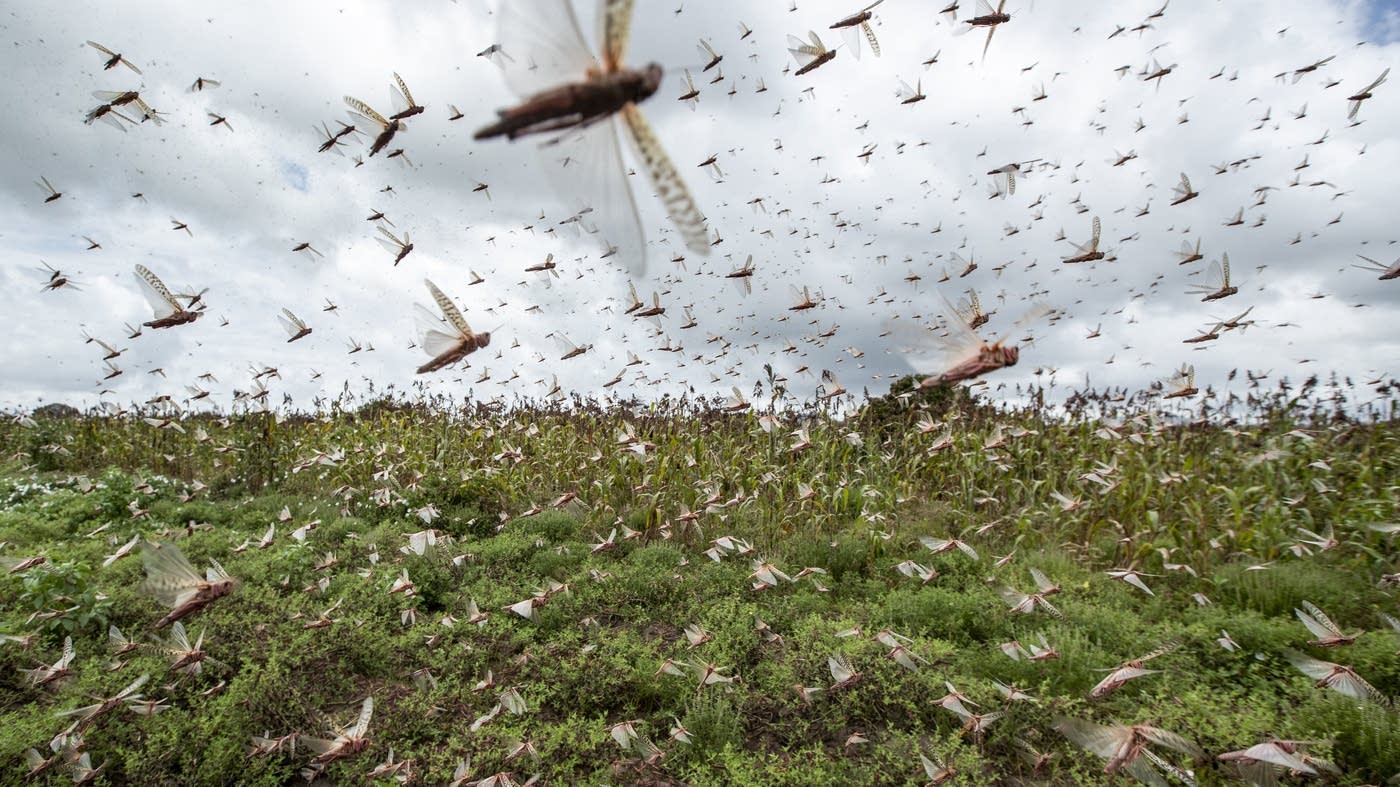African food supplies have suffered after billions of locusts invaded and feasted on crops, leading to a call for international help.
The unprecedented swarms of Desert Locusts have flooded Kenya, Ethiopia and Somalia, and have devastated the already struggling nations in the wake of hunger, droughts and floods. The UN has warned that the world “must act immediately” to assist the effected areas.
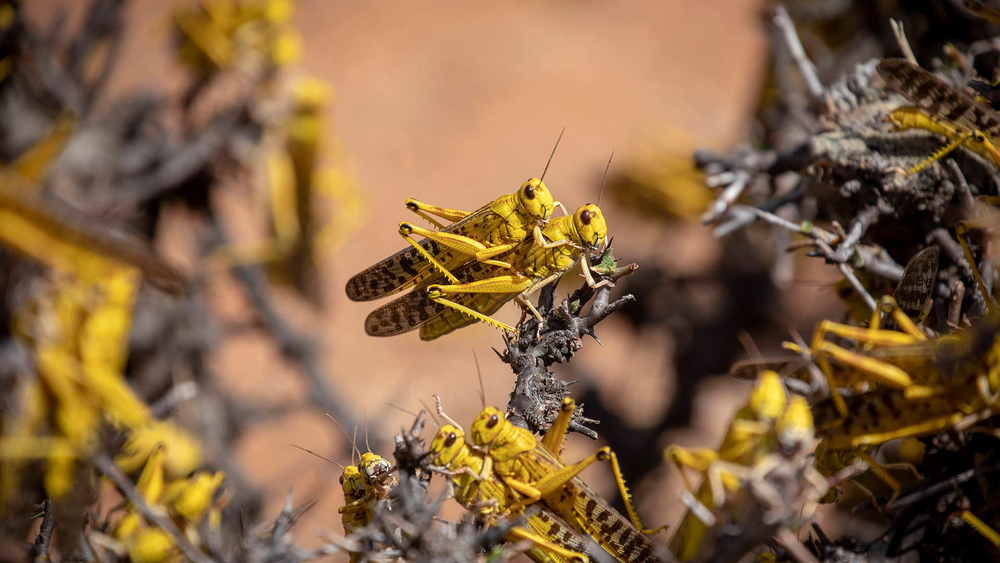
“This has become a situation of international dimensions that threatens the food security of the entire subregion. The FAO is activating fast-track mechanisms that will allow us to move swiftly to support governments in mounting a collective campaign to deal with this crisis,” the UN Food and Agricultural (FAO) Director-General QU Dongyu said earlier this week.
The FAO fact sheet states that locusts can travel up to 90 miles in a single day and consume enough food for 35,000 people. The Desert Locust also has the ability to reproduce rapidly, around 20-fold within three months.
One swarm plaguing Kenya is estimated to be around 930 square miles with a population of 200 billion locusts. Crops have been devastated, but also farm animals and basic agricultural operations have been disrupted.
Agriculture aside, airline passenger planes are also at risk, with one Ethiopian Airlines flight having to perform an emergency landing after colliding with the insects. The Boeing 737-700 was flying from Djibouti to Dire Dawa, Ethiopia.
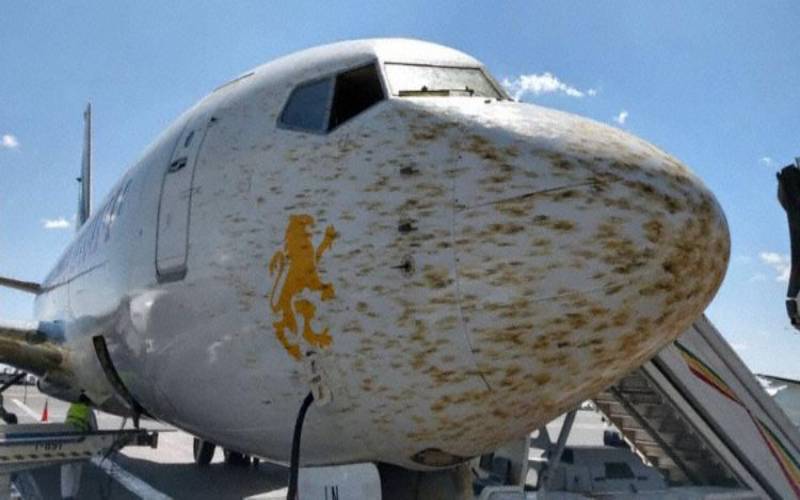
A proposed $70 million dollar emergency action plan is being proposed by the UN, with plans to conduct aerial pesticide spraying. However, there are concerns with the conducting of this over Somalia, where the al-Qaeda-linked al-Shabab extremist group controls parts of the region.
The UN is expecting that if the problem is left too long, swarms will balloon by 500 times in June after rainfalls and will risk affecting Uganda and South Sudan. “The speed of the pests’ spread and the size of the infestations are so far beyond the norm that they have stretched the capacities of local and national authorities to the limit,” the FAO said.
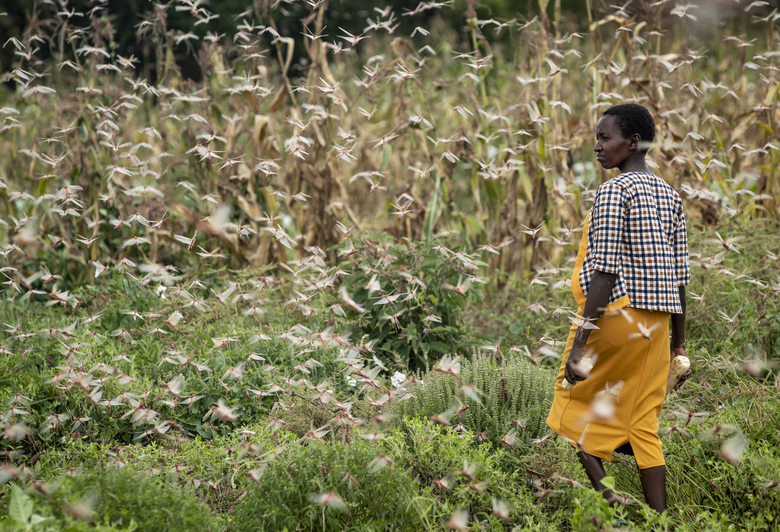
East Africa isn’t the only nation facing unprecedented locust levels. India, Pakistan and Iran, as well as Egypt, Saudi Arabia and Yemen all face larger than usual spring swarms. The locusts are believed to have migrated across the Red Sea after originating in Yemen last August.
So far, the UN has released $10 million to combat the Desert Locust problem and a further $70 million is expected from a donor conference in Rome.
In Africa, A Gigantic Green Wonder Of The World Is Emerging
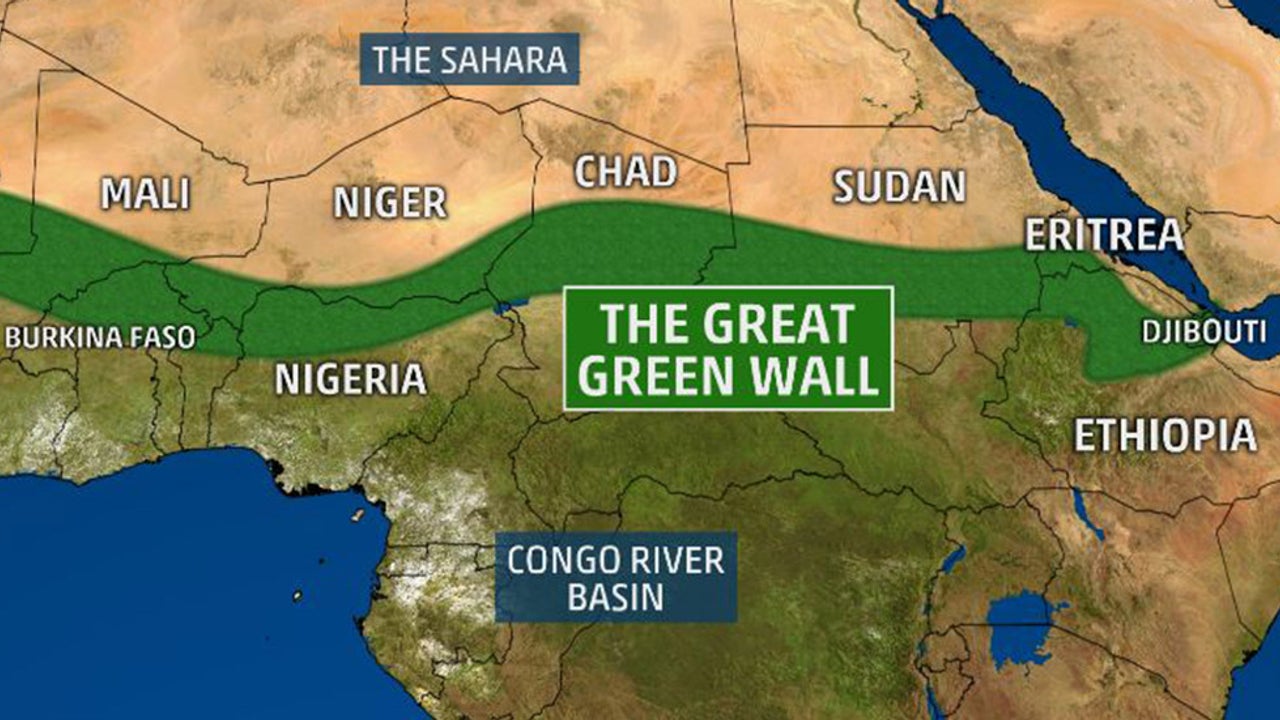
The big green wall of Africa: 8 thousand kilometers of trees as a dam against the desert.
When we talk about global warming, we have a habit of only considering the damage that might affect the most developed countries without taking into account that there are regions on the planet that are even more involved in these issues:
In recent years, African countries are suffering from increasing desertification that is destroying their environmental resources. Fortunately, a new project is trying to save these countries: they call it “the great green wall.”
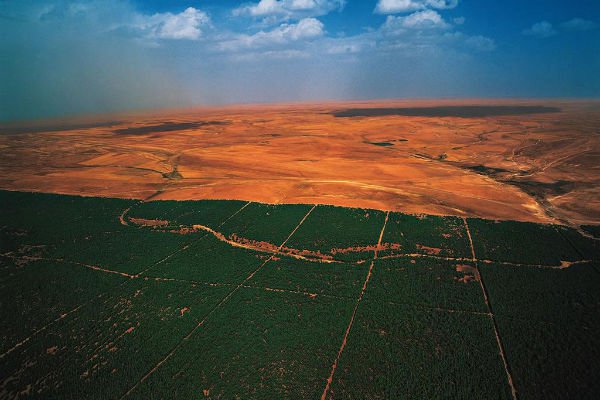
“The Great Green Wall” is the project that seeks to save the African region of the Sahel (from the Arab Sahil: “Edge of the Desert”), a strip of sub-Saharan Africa located between the Sahara Desert to the north and the Sudanese savanna in the south and between the Atlantic to the west and the Red Sea to the east. This is the region most affected by global warming.
The project was an idea as early as 1952, when Richard St. Barbe Baker, an English environmental activist, proposed planting a significant number of trees in sub-Saharan Africa to stem desertification in Africa. The idea was reconsidered in 2002 at the N’Djamena summit in Chad on the occasion of the World Day against Desertification and Drought, and presented in 2005 by the Saharawi and Saharan Saharawi Leaders’ Conference in Ouagadougou, Burkina Faso and adopted.
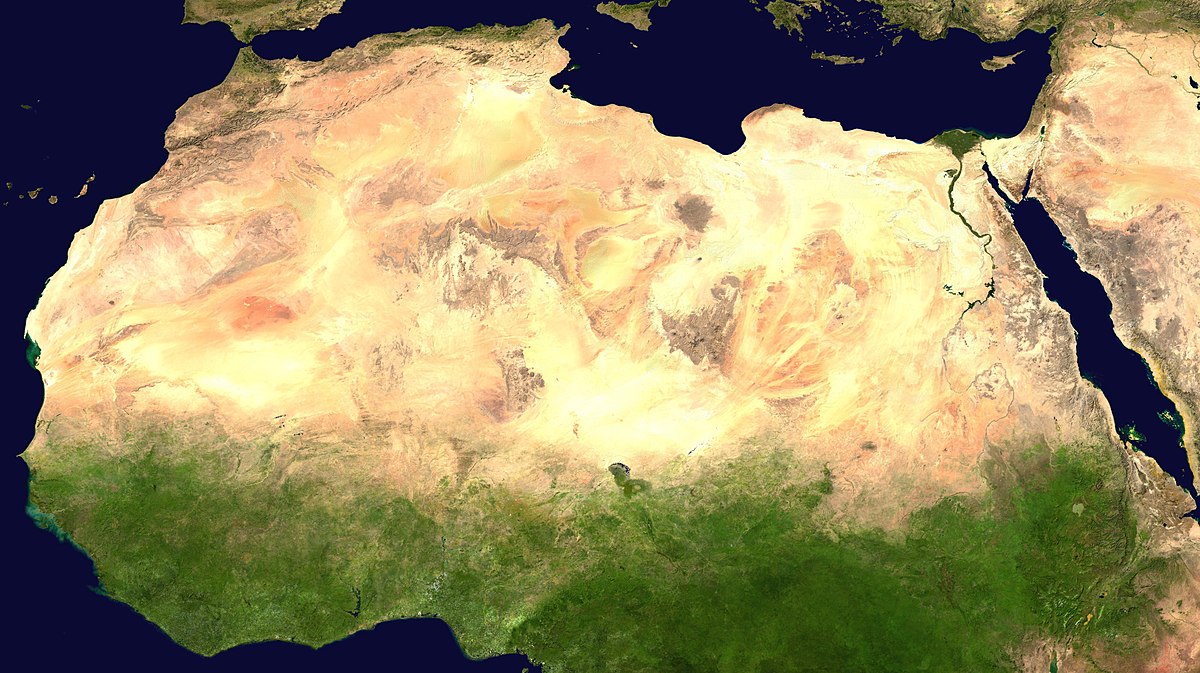
The program envisages the development of a vast green area (about 15 km wide and 8,000 km long) through the planting of millions of acacias, trees that are resistant to drought because their roots attract water.
The Green Wall has been approved, supported and co-funded by the African, Caribbean and Pacific (ACP), United Nations Food and Agriculture Organization (FAO) and the European Union. This is a project of enormous importance, not only because it is a concrete fight against climate change, but also because it shows that humanity can still be united and fight for a common cause.
